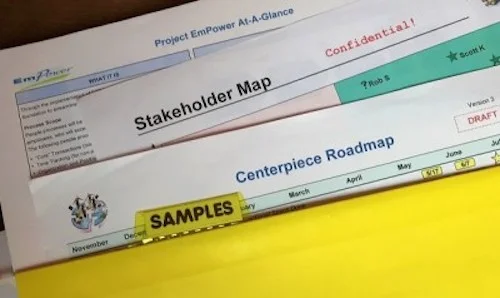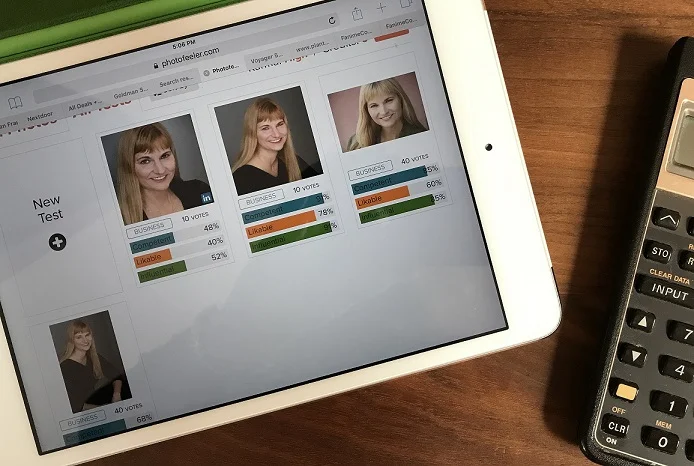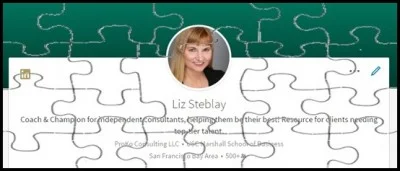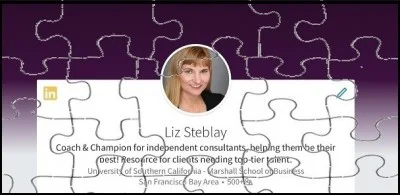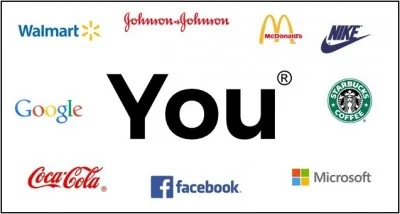Is It Time to Consider a Fixed Fee for Your Consulting Services?
/Generally, the more experience you have as an independent consultant, the more likely you should move from billing by the hour to a fixed fee. At some point you’ll master your specialty and work much more efficiently than others. This means to earn what your services are truly worth, you’ll have to keep raising your hourly rates. But at some point, you’ll reach an invisible rate ceiling when clients think you’re too expensive, even if it takes you half the time to do the work.
When you reach this point, it’s time to start thinking about billing for your services by the project instead of by the hour or day. The idea is to price the project as if you’re going to do it from scratch, even though you know you’re going to adapt plans and materials from prior projects. By doing so, you’ll boost your income per hour.
Here’s an example…
Read More







